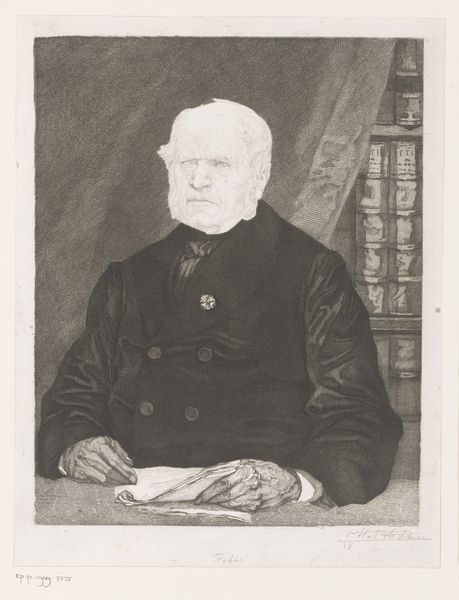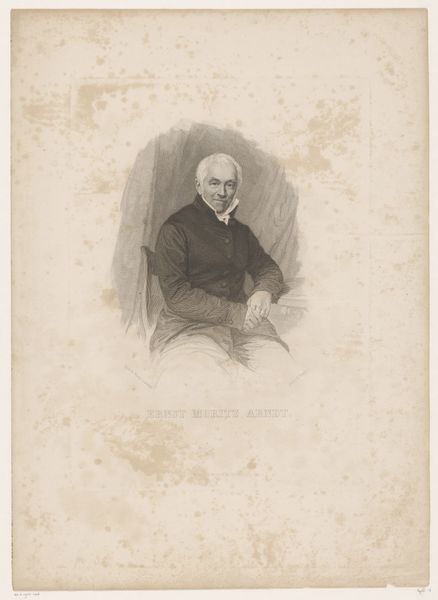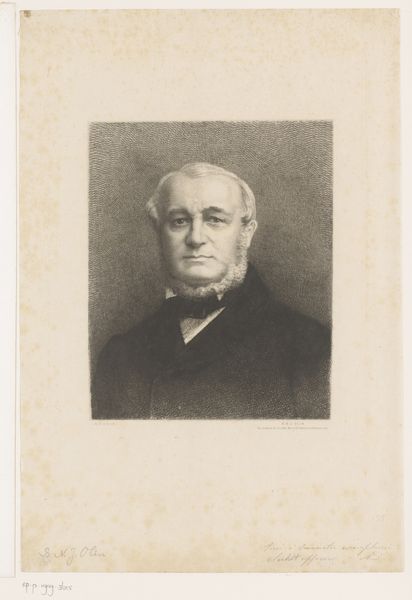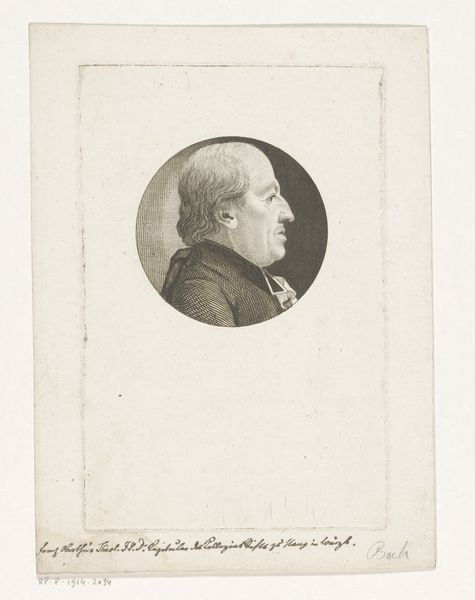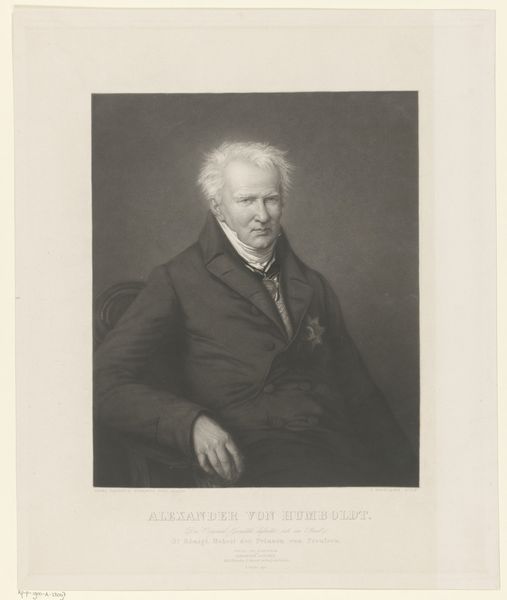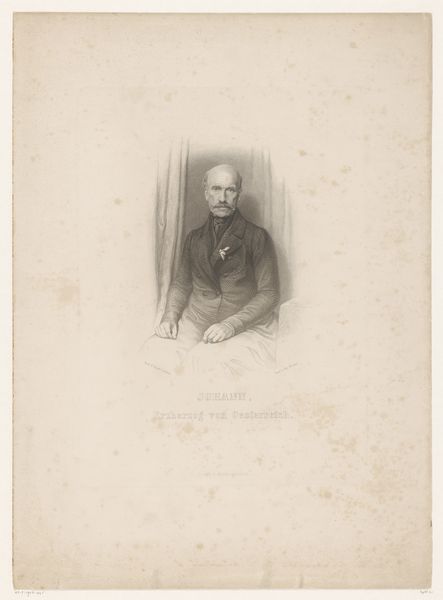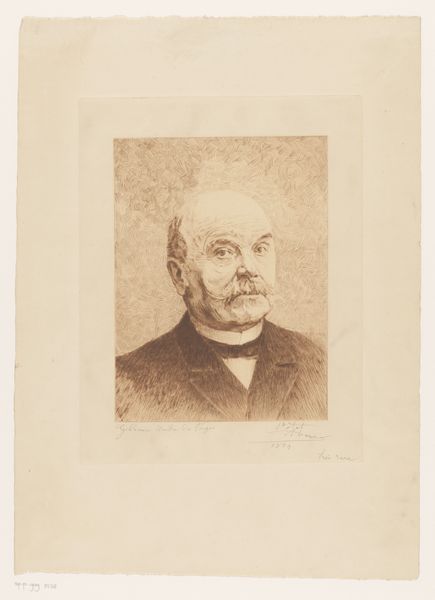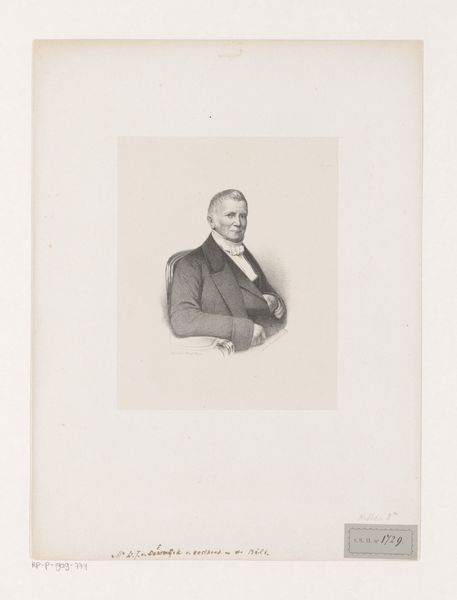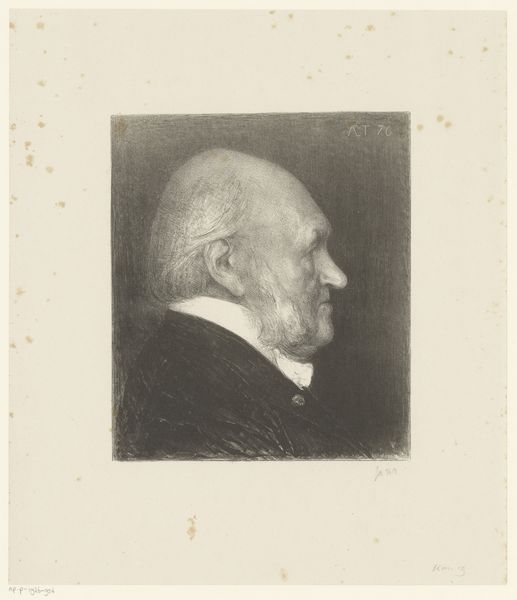
print, engraving
#
portrait
# print
#
engraving
#
realism
#
monochrome
Dimensions: height 442 mm, width 327 mm
Copyright: Rijks Museum: Open Domain
Editor: This is an engraving from 1874 by Auguste Danse, titled "Portret van kunsthistoricus Édouard Fétis." It's a fairly somber monochrome portrait, isn't it? What symbolic weight do you think this image might carry, portraying a historian in this manner? Curator: The visual language of portraits is fascinating, isn't it? Notice the closed composition, the subdued palette... They all seem to reinforce a sense of intellectual authority. His hands, resting on what appears to be a document, are not posed casually. Do you notice the subtle emphasis on them? Editor: I do! It seems to draw our attention to his role as a reader, interpreter, maybe even a writer of history? Curator: Precisely. And think about Fétis himself. As a musicologist and historian, he actively shaped how his contemporaries understood the past. His portrait then becomes not just an image of a man, but an emblem of historical knowledge, presented with the gravitas the 19th century often associated with it. It's almost like an icon of intellect. Editor: So, the artist isn't just showing us Fétis, but also what Fétis represents to the culture? Curator: Exactly! The image functions almost like a memory palace; a way to preserve and present complex ideas about knowledge, authority, and history itself. Do you feel a sense of legacy emanating from the picture? Editor: Yes, I see it now! I hadn't considered how the somber mood and realism contribute to that feeling of historical weight. Curator: Understanding the portrait's function as cultural symbol changes how we view not just the work itself but the society that created it. A potent reminder of the narratives we inherit and perpetuate. Editor: I’m starting to understand the role symbols play in cultural memory. Thank you for pointing that out.
Comments
No comments
Be the first to comment and join the conversation on the ultimate creative platform.
